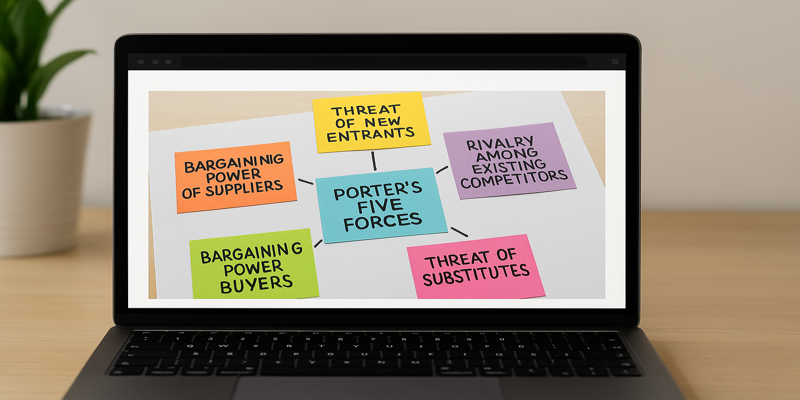Top 10 Male Perfumes: A Study of Luxury, Identity and Consumer Preferences
The fragrance industry continues to evolve as it merges aesthetic expression, identity formation, and luxury branding. Perfume is not merely a cosmetic accessory but an olfactory statement—a reflection of personal style, cultural affiliation, and even psychological disposition (Mensing, 2023). In 2025, men’s perfumes have diversified beyond traditional woody and spicy notes, incorporating gender-neutral accords and sustainable ingredients (Rahimi et al., 2025). This article presents a comprehensive review of the Top 10 Male Perfumes of 2025, highlighting their cultural, psychological, and marketing dimensions, supported by contemporary academic and industry insights. 1.0 Dior Sauvage Elixir Since its launch, Dior Sauvage has redefined modern masculinity through a bold balance of lavender, cinnamon, nutmeg, and sandalwood. Its enduring popularity is linked to Dior’s emotional branding approach, combining heritage luxury with rugged natural imagery (Stewart & Carey, 2019). The fragrance’s ambassador, actor Johnny Depp, further cements its image as a symbol of rebellious sophistication (Aliyev, 2025). Sauvage Elixir’s longevity and projection make it a benchmark in premium perfumery. 2.0 Bleu de Chanel Parfum A masterpiece of understated elegance, Bleu de Chanel remains a top performer in luxury markets (Diaconu-Cerceloiu & Cerceloiu, 2025). The parfum edition blends amber, cedar, and grapefruit, creating an aura of professional confidence. It resonates particularly with urban professionals who seek timeless yet versatile scents (Grauerholz, Koontz & Aviles, 2025). Chanel’s minimalist packaging and iconic branding exemplify masstige consumption—bridging accessibility and exclusivity (Roy et al., 2025). 3.0 Creed Aventus Aventus by Creed epitomises power, ambition, and heritage. Using pineapple, birch, and musk, it evokes leadership and success. According to Mensing (2023), Aventus’ popularity reflects men’s desire for olfactory authority—a scent that symbolises achievement. Its artisanal craftsmanship appeals to luxury connoisseurs who value uniqueness over mass production (Ballay et al., 2015). 4.0 Tom Ford Oud Wood Tom Ford’s Oud Wood is a pioneer in niche perfumery, popularising agarwood (oud) among Western consumers. Oud’s rich, smoky essence reflects cultural fusion, connecting Middle Eastern opulence with Western minimalism (Arora, Desai & Gawai, 2025). As Mensing (2023) notes, this perfume’s success lies in its cross-cultural resonance—appealing to both globalised consumers and those drawn to exotic identity expressions. 5.0 Yves Saint Laurent Y Eau de Parfum Intense Targeting younger demographics, YSL’s Y Eau de Parfum Intense uses geranium, ambergris, and sage to symbolise self-confidence and ambition (Nicoletti, 2025). It has gained traction among Gen Z and millennial men, who associate the scent with creative energy and self-expression. The campaign, guided by McCracken’s Meaning Transfer Model (MTM), translates celebrity charisma into brand perception (Aliyev, 2025). 6.0 Acqua di Giò Profondo by Giorgio Armani Building upon its aquatic heritage, Profondo embodies freshness and introspection, blending marine notes, patchouli, and bergamot. According to Essiz, Senyuz, and Yurteri (2025), Armani’s campaigns leverage emotional minimalism, using serene imagery and subtle male models to convey authenticity. The fragrance’s success lies in its emotional congruence with modern sustainability and purity values. 7.0 Paco Rabanne Phantom Intense Phantom exemplifies the digital evolution of perfumery, integrating AI-assisted bottle design and NFC technology (Ponomareva & Nozdrenko, 2021). Its futuristic bottle reflects the fusion of technology and luxury—a trend increasingly favoured by tech-savvy male consumers. The scent itself—lavender, vanilla, and vetiver—creates a balance between youthful playfulness and masculine warmth. 8.0 Le Labo Santal 33 Le Labo’s Santal 33 is a cult classic, representing the rise of gender-neutral and artisanal fragrances (Kim, Cho & Park, 2022). Its blend of sandalwood, cardamom, and leather conveys sophistication without ostentation. As Mensing (2023) explains, unisex fragrances challenge traditional gender binaries in olfactory marketing, appealing to the “new masculinity” rooted in authenticity and individuality. 9.0 Maison Margiela Replica Jazz Club Jazz Club captures nostalgia through its rum, tobacco, and vanilla notes, inspired by Brooklyn’s 1920s music scene. Mensing (2023) describes such fragrances as “memory-infused luxury”, evoking emotional storytelling rather than status display. Jazz Club’s aesthetic aligns with experiential luxury—where consumers buy emotional resonance, not just scent (Chen, 2025). 10.0 Jo Malone Myrrh & Tonka Cologne Intense Jo Malone’s Myrrh & Tonka embodies refined sensuality, blending myrrh, tonka bean, and vanilla. The brand’s focus on layering and customisation encourages men to create personal scent identities. According to Mathew and Sood (2023), essential oils and natural resins in high-end colognes reflect eco-luxury—the intersection of sustainability, well-being, and indulgence. Consumer Psychology and Market Trends The psychology of perfume choice intertwines with memory, emotion, and identity (Mensing, 2023). Perfume is a social signal—it communicates taste, class, and even romantic intent. Diaconu-Cerceloiu and Cerceloiu (2025) emphasise that luxury consumers often buy perfumes as symbolic self-extensions. In the male segment, the preference for rich, woody, and musky tones reflects both cultural masculinity and evolving notions of self-care. Celebrity endorsement remains a potent force. Aliyev (2025) demonstrates through McCracken’s MTM that celebrities like Johnny Depp or Adam Driver act as cultural conduits, transferring their perceived traits to the product. Likewise, packaging design—as studied by Rahimi et al. (2025)—influences male purchase intentions through visual masculinity cues such as darker palettes and minimalist typography. Furthermore, the rise of genderless perfumery signifies a paradigm shift. Kim, Cho, and Park (2022) found that young consumers engage with perfumes beyond gender norms, seeking individual identity and inclusivity. This trend aligns with broader cultural movements towards fluidity and authenticity. Sustainability and Ethical Considerations Environmental consciousness increasingly shapes the fragrance supply chain. Mathew and Sood (2023) note that essential oils and natural resins are now scrutinised for their ecological impact. Brands like Le Labo and Jo Malone have adopted recyclable packaging and ethically sourced ingredients, aligning luxury with responsibility. As Essiz et al. (2025) argue, over-marketing emotional appeal can backfire if authentic sustainability claims are absent—a challenge faced by several luxury houses. The Role of Scent in Brand Identity Perfumes act as brand signatures, embodying the ethos of their creators. For instance, Bleu de Chanel mirrors the brand’s minimalist elegance, while Tom Ford Oud Wood encapsulates sensual opulence. Mensing (2023) describes perfume as “an emotional trademark”—a sensory extension of corporate storytelling. Consequently, fragrance houses invest in olfactory distinctiveness as a competitive differentiator. The Top 10 Male … Read more










